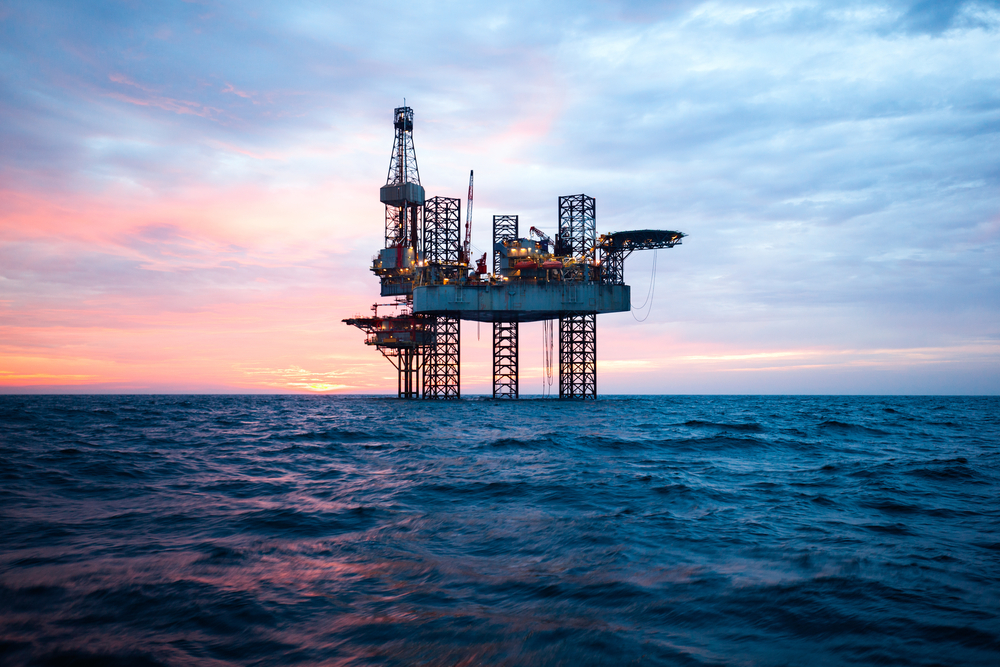
.jpg)
| City | Start Date | End Date | Fees | Register | Enquire | Download |
|---|---|---|---|---|---|---|
| Madrid | 23-06-2025 | 27-06-2025 | 6200 $ | Register | Enquire | |
| Amsterdam | 07-07-2025 | 11-07-2025 | 6200 $ | Register | Enquire | |
| Casablanca | 14-07-2025 | 18-07-2025 | 4950 $ | Register | Enquire | |
| Madrid | 21-07-2025 | 25-07-2025 | 6200 $ | Register | Enquire | |
| Casablanca | 04-08-2025 | 08-08-2025 | 4950 $ | Register | Enquire | |
| Geneva | 11-08-2025 | 15-08-2025 | 5600 $ | Register | Enquire | |
| Cairo | 18-08-2025 | 22-08-2025 | 3950 $ | Register | Enquire | |
| Milan | 25-08-2025 | 29-08-2025 | 6200 $ | Register | Enquire | |
| Cairo | 01-09-2025 | 05-09-2025 | 3950 $ | Register | Enquire | |
| Casablanca | 08-09-2025 | 12-09-2025 | 4950 $ | Register | Enquire | |
| Madrid | 15-09-2025 | 19-09-2025 | 6200 $ | Register | Enquire | |
| Amsterdam | 22-09-2025 | 26-09-2025 | 6200 $ | Register | Enquire | |
| London | 29-09-2025 | 03-10-2025 | 6200 $ | Register | Enquire | |
| Geneva | 06-10-2025 | 10-10-2025 | 5600 $ | Register | Enquire | |
| Amsterdam | 13-10-2025 | 17-10-2025 | 6200 $ | Register | Enquire | |
| Madrid | 03-11-2025 | 07-11-2025 | 6200 $ | Register | Enquire | |
| Kuala Lumpur | 17-11-2025 | 21-11-2025 | 4950 $ | Register | Enquire | |
| Istanbul | 24-11-2025 | 28-11-2025 | 4950 $ | Register | Enquire | |
| Cape Town | 01-12-2025 | 05-12-2025 | 5600 $ | Register | Enquire | |
| Amsterdam | 08-12-2025 | 12-12-2025 | 6200 $ | Register | Enquire | |
| Cairo | 22-12-2025 | 26-12-2025 | 3950 $ | Register | Enquire | |
| Casablanca | 29-12-2025 | 02-01-2026 | 4950 $ | Register | Enquire |
Within the energy markets, oil and natural gas are the most dominant fuels and have great importance to the world economy. This course, Upstream, Midstream, and Downstream Operations in Oil and Gas, is designed for professionals in the oil and gas industry and serves as a general research tool.
The course covers the three main segments of the industry:
This structure allows participants to expand their appreciation of these segments.
The course will examine important aspects of exploration and production in the upstream segment, emerging trends, and prevailing issues. It will stress the growing reliance on data in upstream industry operations. An outline of this section will cover general oil and gas practices from exploration to production.
Next, the course will explain midstream oil and gas operations, focusing on the disadvantages within the entire oil and gas chain. Participants will engage with the midstream segment and learn relevant terms and concepts.
Finally, the course will address the downstream segment, including refining, marketing, and distribution. Participants will explore downstream analytics to understand the entire processes involved.
Upon completion of the Upstream, Midstream, and Downstream in Oil and Gas Operations course, participants will be able to:
Unit 1: Overview of the Oil and Gas Industry
Unit 2: Upstream Operations
Unit 3: Midstream
Unit 4: Downstream Operations
Unit 5: Integration and Future Trends




.jpg)














